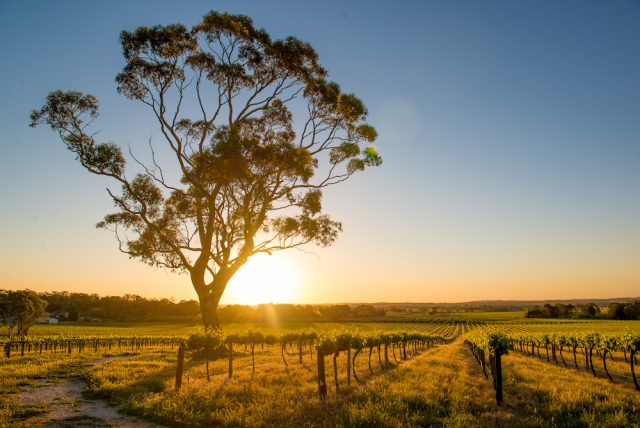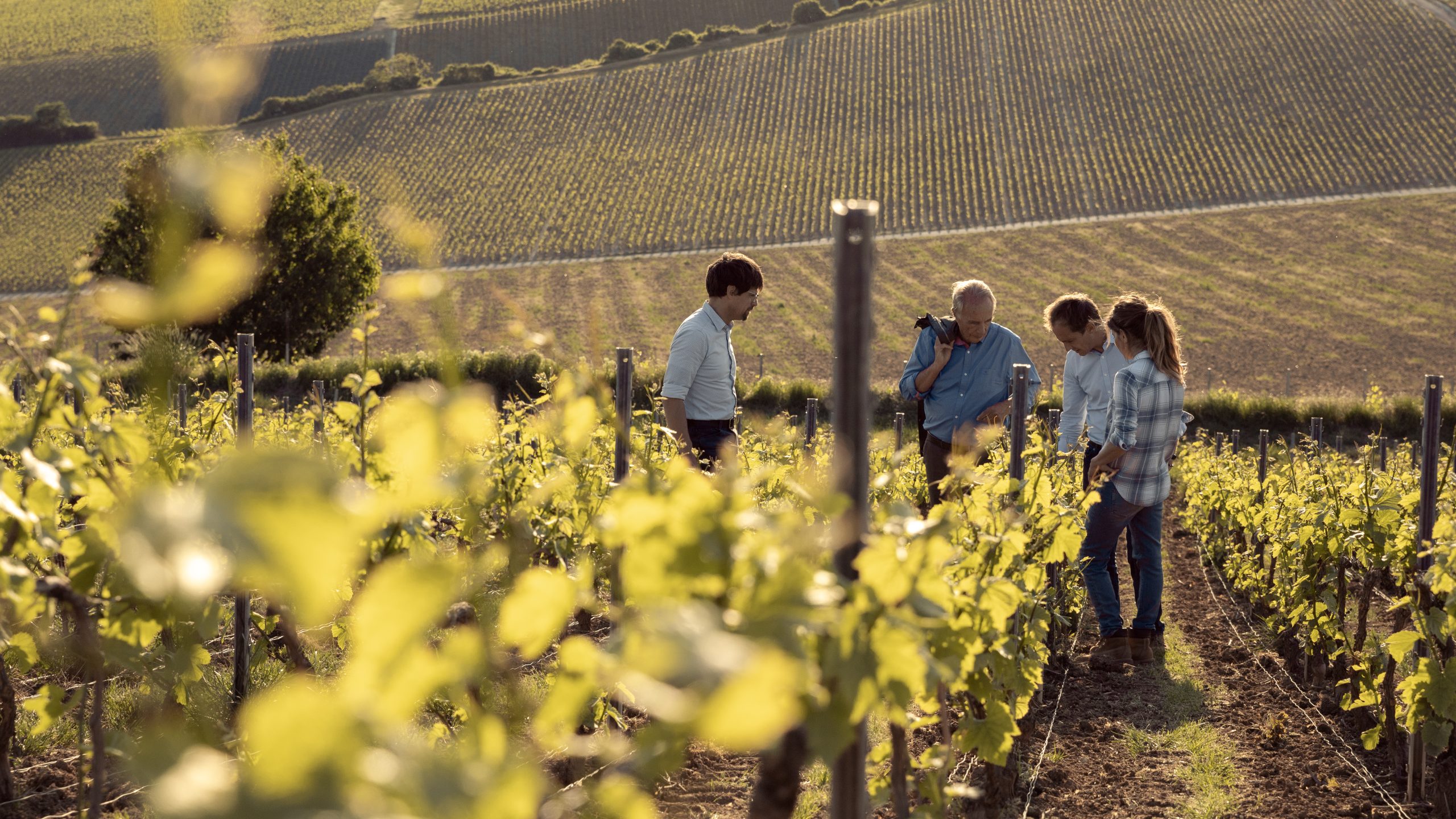Australian grape crush up 9%
The Australian grape crush increased year-on-year by 9% in 2024 to an around 1.43 million tonnes, according to a new report by Wine Australia.

According to the national vintage report, 2024 delivered growth on the 23-year low of 2023, but it was still “well below” the 10-year average of 1.73 million tonnes.
White grapes
The year-on-year increase was a small rise of 112,000 tonnes, driven by white wine grapes, which increased by 117,000 tonnes or 19%. But despite the steep rise by a fifth, the white varieties crush was still 10% below the 10-year average, and the second smallest in 17 years.
In contrast, red grapes declined by 1% or 5000 tonnes to the smallest since the drought-affected 2007 vintage, and 40% below its peak of 1.2 million tonnes in 2021.
The white wine grape share of the crush increased to 51 % as a result – the first time since 2014 that it was higher than the red crush.
Varieties
Chardonnay increased by 31% to 333,000 tonnes, overtaking Shiraz to resume the title of largest variety by crush size for the first time in more than a decade.
Shiraz decreased by 14%t to 298,000 tonnes – its smallest crush since 2007.
South Australia accounted for the largest share of the national crush size (49%) but decreased by 4%.
Tasmania was a big winner in the crush, increasing by 42% to a record estimated crush of 16,702 tonnes.

(Graph: Wine Australia – Change in crush and average value by location and colour)
Value
In terms of cash value, the 2024 vintage is estimated at AU$1.01 billion — a 2% increase over the previous year.
This was a result of the 9% increase in the tonnage being offset by an overall decrease in the average value from AU$642 per tonne to AU$613 per tonne.
Partner Content
Across the warm inland regions, both reds and whites declined by 5 % in average value.
Supply
Wine Australia manager, market insights, Peter Bailey said the reduction in the crush “doesn’t necessarily reflect a decrease in the underlying supply base”.
He said: “There is no indication that the vineyard area has declined significantly, so the potential for a large crop still exists without active management of yields.”
“Seasonal factors have contributed to 2024 being another small vintage. However, the significant further reduction in the red crush can be largely attributed to decisions made by grapegrowers and wine businesses to reduce production.
“These decisions are being driven by low grape prices, significant red wine stock overhangs and reduced global demand for wine.”
In addition, Bailey said the decline in the average value was driven by a decrease in average grape prices, paid for both red and white grapes from warm inland regions, combined with an increase in the share of tonnes from these regions.
He added: “It’s important for growers to look at the price changes for individual regions and varieties, to get a true picture of the market signals.
“However, the overall 2024 results, particularly the on-going decline in prices for the major inland varieties, indicate that there is no shortfall in supply from the inland regions, despite the successive low vintages.”
History
Australia’s wine industry is going through its most troubled times in a generation. Last year, the value of wine exports slide by 10%.
The sector was hit by China’s punitive tariffs, having lost its biggest export market, but now these have been axed, there is hope of growth again in the country.
Climate change is affecting traditional growing areas and yields, and consumer preference is moving towards better quality wines at the expense of commercial or commodity volume brands.
Combined, these factors have triggered a bout of corporate soul-searching in which all the major players are re-examining their business models following a handbrake turn in their fortunes.
Australia’s wine industry had previously grown substantially, reaching an annual production of approximately 1.3 billion litres by 2022, with more than 2,000 wineries employing 164,000 people and contributing AU$40 billion (£21 billion) annually to the economy, according to Wine Australia.
Related news
Tasmanian baijiu: 'Even if it sucks, it's something to laugh about'




